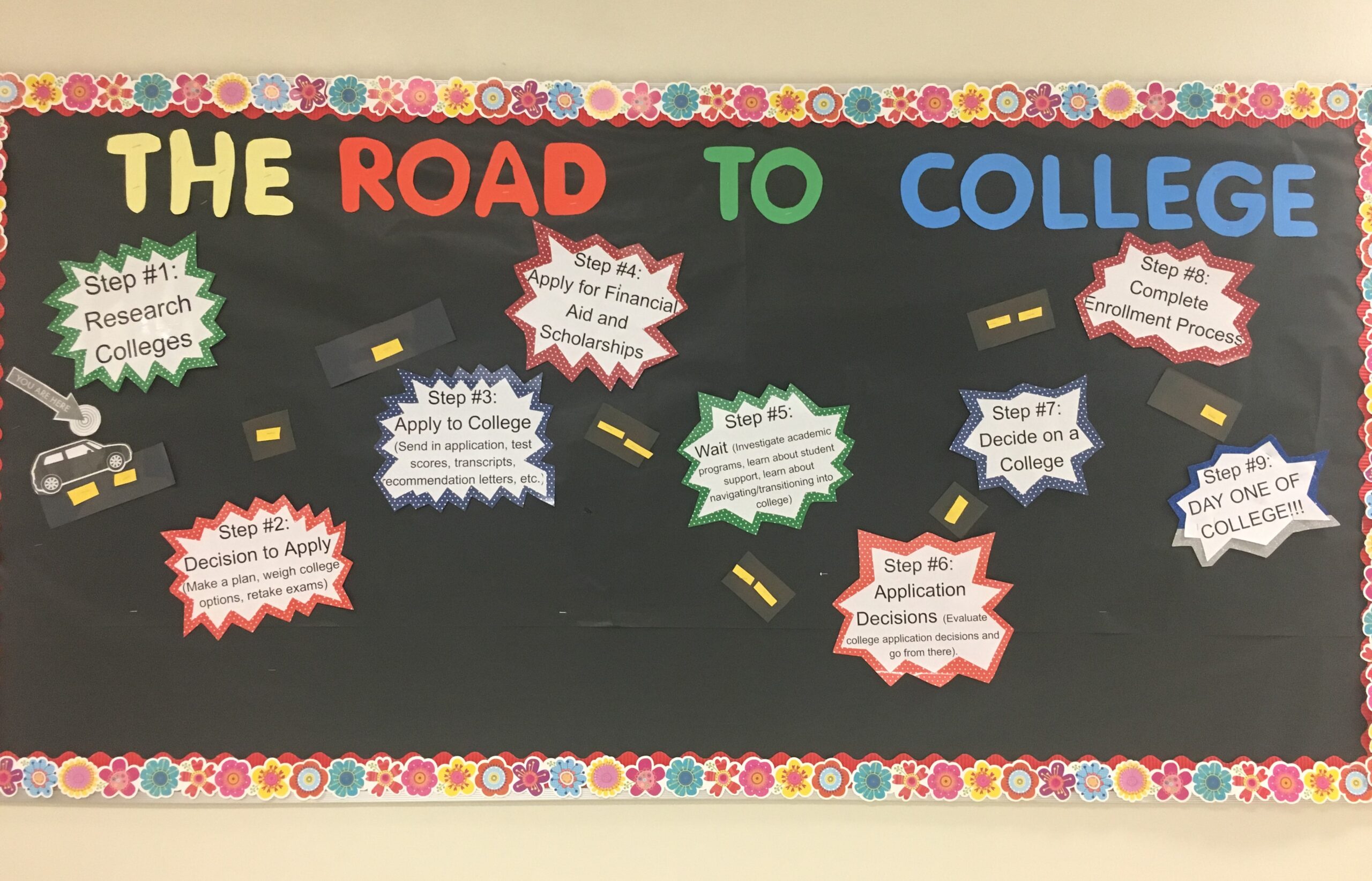Applying to College: The Science Behind It…
By Taylor Springs, College Adviser at Wallace-Rose Hill High School | November 10, 2016
During the week of November 14th-November 18th, North Carolina is hosting a statewide promotional week for NC High School seniors to apply to various colleges and universities. The North Carolina College Advising Corps (UNC, NC State, Duke, Davidson) are running around prepping for the week long festivity: organizing on-site admissions events, scheduling senior help sessions, encouraging college themed door decorating contests, hosting a Throwback Thursday for teachers to relive their college days, etc. The popularity of this week has led some colleges and universities to entirely waive the application fee and/or accept fee waivers from those in financial need.
This week may generate excitement for students who KNOW where they are applying to, but for most, it can be very stressful and confusing. There are hundreds of colleges to choose from and the sheer number alone can make a student feel overwhelmed. We haven’t even touched the admission requirements yet. Most advice columns say “Research the schools”. That is it. Three words. Three words that are supposed to make the college process easier. But in actuality, it can make you tear your hair out! But never fear! There is a science behind applying to college that may help any student. The student/parent/family/support system needs to understand the concepts of College Match & Best Fit.
College Match
A student needs to know their GPA, test scores, and class grades. Once they are aware of their academic profile, they need to correlate it to the college’s admissions requirements. Students must match their academics with a college.
- Apply to at least 3-5 schools and identify:
- Reach school- the student’s academic profile is below the college’s average GPA and test scores
- Target school(s)-the student’s academic profile is within the college’s average GPA and tests score range
- Likely school-The student’s academic profile is above the 75th quartile/middle 50% test score range. Likely is also sometimes referred to as a “safety school”.
- Attending a school that is too easy or too difficult can result in dropping out or not doing as well as expected.
Best Fit
Once a student has identified some schools based on their academic profile, they can then narrow down their search based on “College Fit”. This is the idea of assessing a college based on how they may fit with a potential student. The student should find out what their preferences are, such as
- College Size: Small, Medium, Large
- Location: Rural, Suburban, or City
- College ability to meet student’s financial need
- Program or major offered
- Student support services: Tutoring, TRIO, etc.
- Cultural Interest Groups
- Social & emotional fit
- Persistence/Graduation rates
- Other preferences that pertain to the student’s needs
A prospective student has to look not only at the academic side of a university, but they need to also take in all aspects of an institution, especially the campus climate. Unfortunately, there is no button that issues you a list of your “perfect schools”. The student will have to put some work in. But, it does not have to an unbearable experience. Below are some great resources to start off your college search. Enjoy!
Resources
https://bigfuture.collegeboard.org/find-colleges
https://www2.cfnc.org/#/campussearch
http://www.collegesimply.com/
https://www.collegegreenlight.com/
- Categories:


